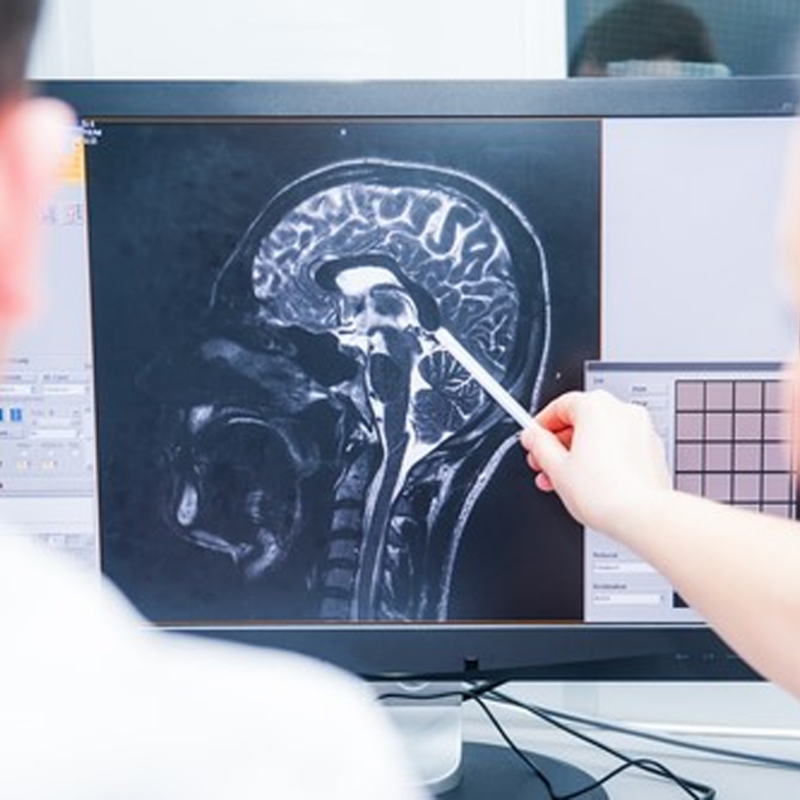December 13, 2025 – For people living with Visual Snow (Syndrome), it is often difficult to put into words how much impact their symptoms have. Not just that the symptoms are there, but what they do to everyday functioning, concentration, sleep, and mental wellbeing. This is precisely what makes it so hard to receive appropriate care or to assess treatments fairly.
A new international study, published in Frontiers in Neurology, takes an important step forward in this area. The study evaluates an updated questionnaire: the Colorado Visual Snow Survey 2.0 (CVSS 2.0). This survey is designed to systematically capture which VSS symptoms a person experiences, how severe they are, and how strongly they affect daily life.
Why is this important?
Visual Snow Syndrome has only relatively recently been recognised as a neurological condition. Until now, there have been very few reliable tools that allow patients to report their symptoms and limitations in a way that is also useful for research and clinical care. This is a major problem: without proper measurement tools, it is almost impossible to test treatments or to objectively track improvement—or deterioration—over time.
The CVSS 2.0 aims to fill this gap.
What exactly is measured?
The survey does not focus solely on visual static (“snow”), but looks at a broader range of symptoms that many people with VSS recognise, including:
- afterimages and visual trails
- blue field entoptic phenomenon (moving light dots against a blue background)
- floaters
- night vision difficulties
- tinnitus
- and non-visual symptoms such as depersonalisation/derealisation, anxiety and low mood (note: anxiety and low mood as a consequence of symptoms)
For each symptom, four aspects are assessed:
its intensity, how much it interferes with screen use, how much it interferes with everyday visual environments, and to what extent it limits daily activities. This last aspect is crucial, as it highlights that VSS is not only a perceptual issue, but a condition that can profoundly affect daily functioning.
What were the findings?
The researchers compared people with Visual Snow to a control group without VSS. The results were clear:
The CVSS 2.0 strongly differentiated between people with and without VSS. People with a formal diagnosis and those without a diagnosis (but with clear VSS symptoms) scored almost identically. This reinforces what many patients already know: the absence of an official diagnosis says very little about the severity of symptoms.
In addition to visual static, the strongest predictors of Visual Snow were night vision problems, blue field entoptic phenomenon, afterimages, and tinnitus. Notably, tinnitus scored highly as a distinguishing symptom, even though it is not currently part of the official international diagnostic criteria. The authors suggest that this may warrant reconsideration.
Mental health symptoms are not secondary
The study also pays attention to symptoms such as depersonalisation/derealisation, anxiety and low mood. These were clearly more frequent and more severe in people with VSS than in controls. The researchers stress that these symptoms deserve serious attention in the care of VSS patients—not as a “psychological explanation” for the condition, but as part of the overall disease burden and quality of life.
In other words, mental health symptoms are not peripheral; they may be a logical consequence of prolonged neurological overload and continuous visual disturbance.
What does this mean for patients?
This study does not offer a treatment or a direct solution. However, it does provide an important foundation. Better measurement tools are essential to:
- fairly evaluate treatments,
- make the severity of symptoms visible to clinicians,
- and finally determine whether interventions genuinely help.
For patients, this may represent a step towards greater recognition, better communication with healthcare professionals, and ultimately improved care.
Why Visual Snow Europe is sharing this
At Visual Snow Europe, we believe it is essential that research does not remain confined to academic journals, but is shared in a way that is accessible to the people it concerns. Studies like this show that Visual Snow Syndrome is being investigated in an increasingly serious and systematic manner—and that patient experience plays a central role in this progress.
We remain committed to raising awareness, improving diagnostics, and supporting research that reflects the real-life experiences of people living with Visual Snow Syndrome.
More information about this study can be found here.
Visual Snow Europe Foundation was not involved in this research.






